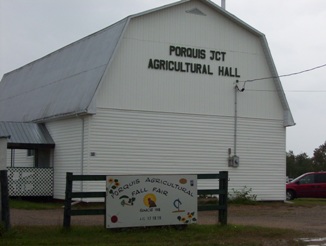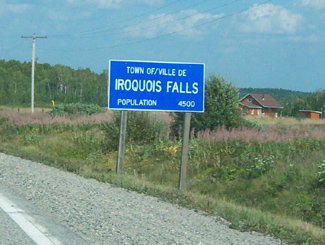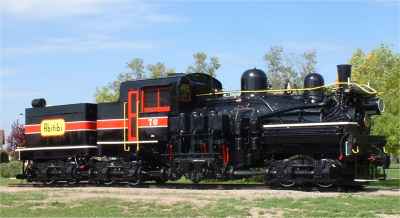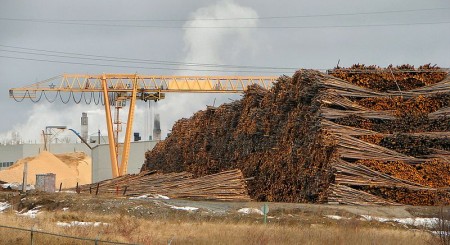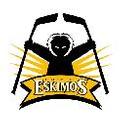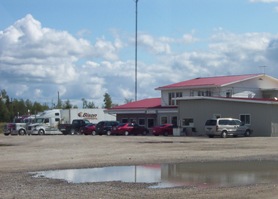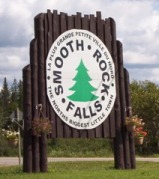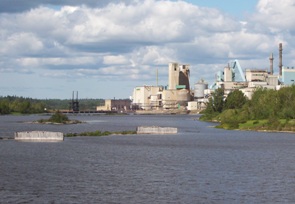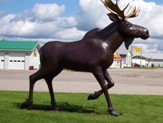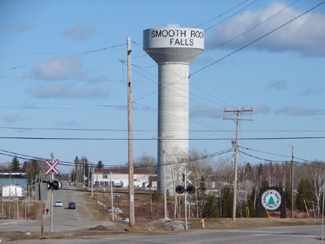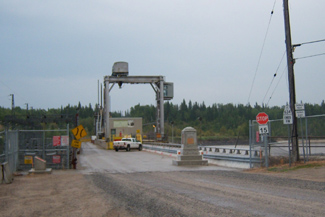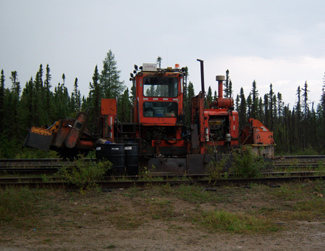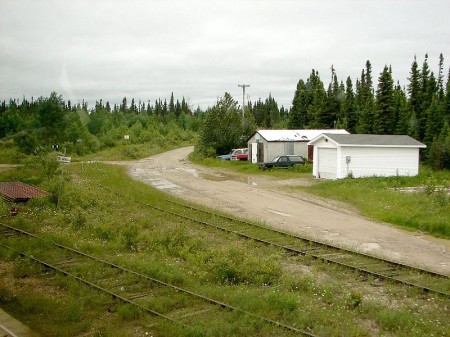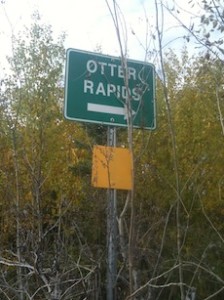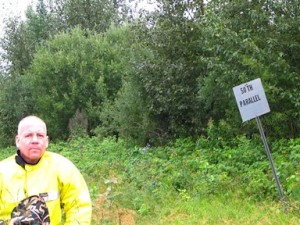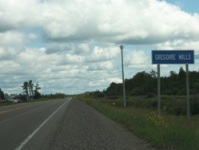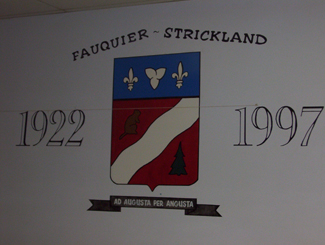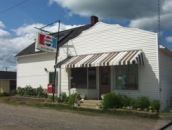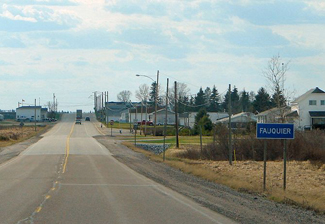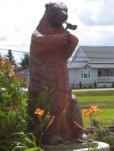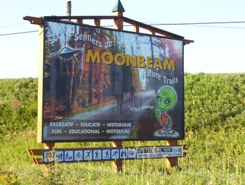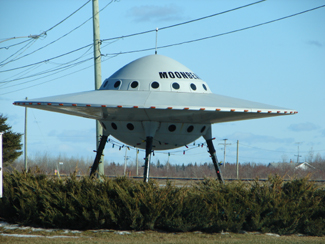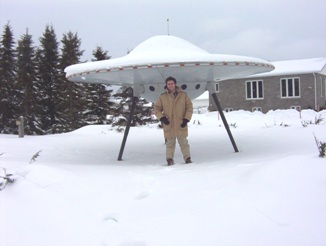
Travel blog lesson #31 – always take a second, empty, non-person photo. Or else you may end up with a blog full of photos of previous girlfriends.
Most towns would make a big deal of the fact that a former hockey player and doughnut baron hailed from their community.
Instead, Cochrane advertises Nanook, Aurora, and Nakita as its three most famous citizens.
Yep, we’re talking about animals.
If you have a fear of polar bears, steer well clear of Cochrane. I’m just teasing – they’re well contained. Cochrane has adopted the polar bear as their town symbol, even though true polar bear habitat is more than 300 kilometres away. There are even fake igloos in town.
Chimo, the town mascot, is honoured with a big polar bear statue just as you enter town. There’s also the Polar Bear Conservatory, where Nanook, Aurora, and Nakita spend their time. There you can watch feedings, see interpretive displays, and “swim with the polar bears.” Ok, so if you’re more than 4 feet tall it is more of a wade than a swim but don’t let my teasing dissuade you – the Polar Bear Conservatory is interesting. Kids love the wading with the polar bears part. There’s also an adjacent ‘old style’ village with gas pumps, farm implements, and a collection of really awesome vintage skidoos.
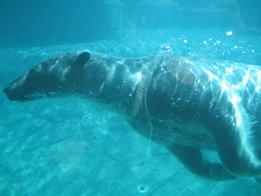
This was pretty cool, to be honest
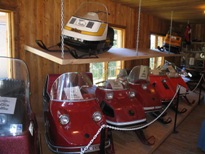
Definitely the most northern Ontario museum in northern Ontario
Cochrane is a very pretty little community of 4500 (slightly more anglophone than francophone) on Highway 11. No matter what language you’re in, Cochrane is pronounced like cock-ran. This might seem pretty intuitive but once in a gas station with a bunch of tourists from Belgium who kept asking how to get to a place that sounded like Cosh-rahnne and no-one, not the anglos nor the francos knew what the heck they were talking about. I only figured it out about a year later. Hopefully it didn’t take them that long.

(Credit: Patrick)
It has a growing tourist industry built on the Polar Bear Express, which runs north to Moosonee twice a day in the summer. Or at least it did, until the government stopped supporting the railway and now no-one knows what’s happening to the ONR.
Fishing and ATV expeditions often start here. Greenwater Provincial Park is about an hour west of the town, providing fishing, swimming, and hiking around a series of kettle lakes. Greenwater is pretty, and quiet. Also notable is the Tim Horton arena, home to the Tim Horton museum, that I didn’t have a chance to visit.
One of the coolest things about Cochrane, in my books at least, is Lake Commando. One – that’s a sweet name. Lake Commando. Sure, it’s more like a pond, but the words ‘Lake Commando’ just sounds so cool. That’s awesome. That’s even cooler than Geraldton’s Hardrock Drive, or Iroquois Falls’ Oil Tank Road. Two – it’s pretty. It has parkland around it, a walking trail, and a quaint little bridge. There’s also a bed and breakfast bordering the lake.
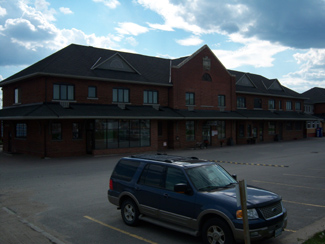
Cochrane train station. (I do not know how to effectively use my camera in any lighting – dark or bright.)
As for amenities, since Cochrane has about 4500 people it’s fairly well served. If you’re looking to bring out your fancy-pants you may be out of luck, but otherwise there’s everything you need. Cochrane has a Tim Horton’s (which pays homage to the town’s most famous son with plaques on the walls, memorabilia all around), a KFC, and some other diner-style restaurants. There’s also a rib/wing place and the Station Inn if you want a real sit-down meal, and, of course, a place serving Authentic Northern Ontario Chinese Food.
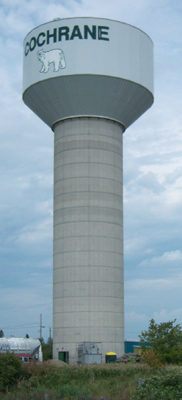
Can you milk a polar bear? Well, Cochrane sure does. (Photo credit: Patrick)
There’s a small farmer’s market at the north end of town every Saturday, and a country store you’ll see across from the polar bear statue that sells cottagy-type stuff that you see in Muksoka. Also, Cochrane has the last Giant Tiger on Highway 11 after Kirkland Lake.
Cochrane is also notable for receiving Ontario’s first ever permit to serve liquor on a Sunday, for a winter carnival held in the mid 1960s. Despite the devastating fires of 1910, 1911, 1916, and Cochrane still exists to this day.
Thanks to Paul for some of the Cochrane.
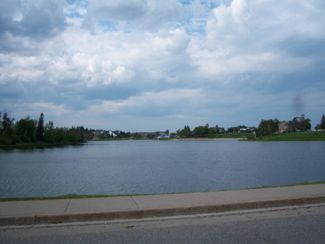
Lake Commando. Still looking for Rambo River. (Come to think of it, there was a Rambo Creek near to where I grew up…800 km away)
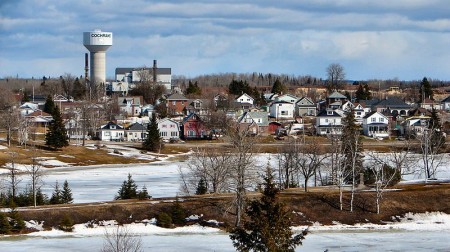
(Credit: User P199 at Wiki Commons.)
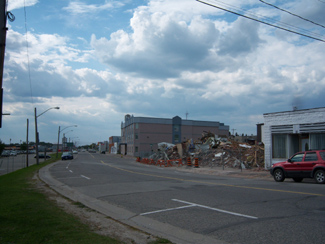
Streetscape in Cochrane
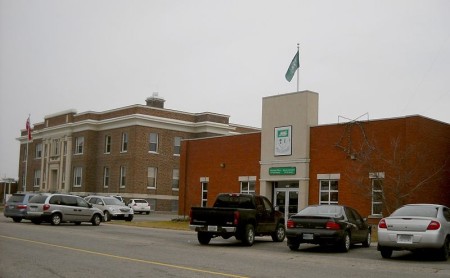
A nicer Cochrane streetscape. (Credit: User P199 at Wiki Commons.)
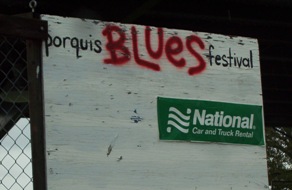 Porquis is about 10 minutes off Highway 11, on the way to Iroquois Falls. This was the second time, after Opasatika, that I had been chased by a dog while taking pictures – I guess he was bored. Or just very protective of the Porquis Junction Agricultural Hall.
Porquis is about 10 minutes off Highway 11, on the way to Iroquois Falls. This was the second time, after Opasatika, that I had been chased by a dog while taking pictures – I guess he was bored. Or just very protective of the Porquis Junction Agricultural Hall.